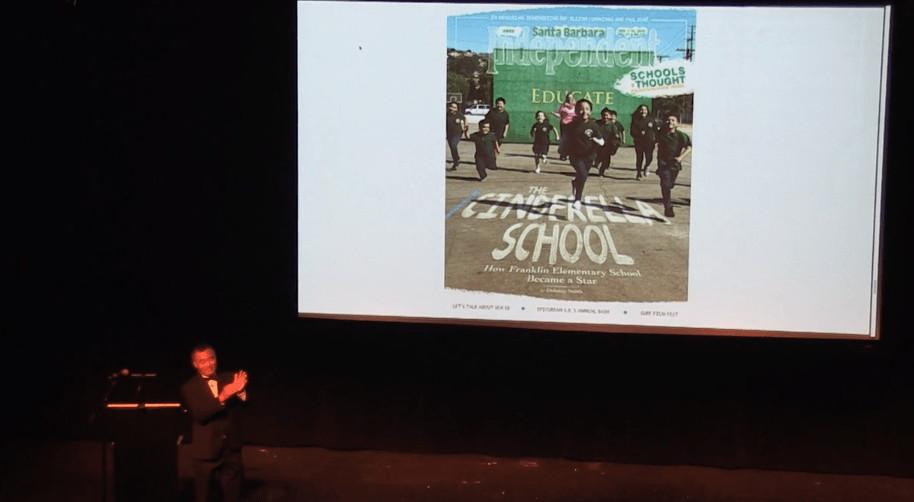Speaking to a packed house at the New Vic Theater, Santa Barbara Unified School District Superintendent Cary Matsuoka addressed the community during his final State of Our Schools presentation.
Looking to the future, Matsuoka started by explaining the District’s mission “to prepare students for a world that has yet to be created,” and pointed out that this school year’s kindergartners will graduate high school in 2032 and may even have a work career that extends to 2080.
With a rapidly changing business landscape, Matsuoka emphasized the importance of today’s students to differentiate themselves in their chosen field to keep up with the demands of tomorrow’s jobs. Trends such as the growing role of artificial intelligence, increased demands for employees displaying emotional intelligence, and the ability to reinvent themselves in their fields are all considerations that the class of 2032 will have to keep in mind as they navigate a career path.
Superintendent Matsuoka then delved into student demographics and outlined some of the challenges for students in the District. One out of two students is an English language learner. Two out of three students are socioeconomically disadvantaged or have life circumstances that are considered challenging, this includes students who are from households that are low income, where neither parent has a high school diploma, foster youth, or are considered homeless. It may surprise some to know that one out of seven students in the District is considered homeless or living in a distressed housing situation.
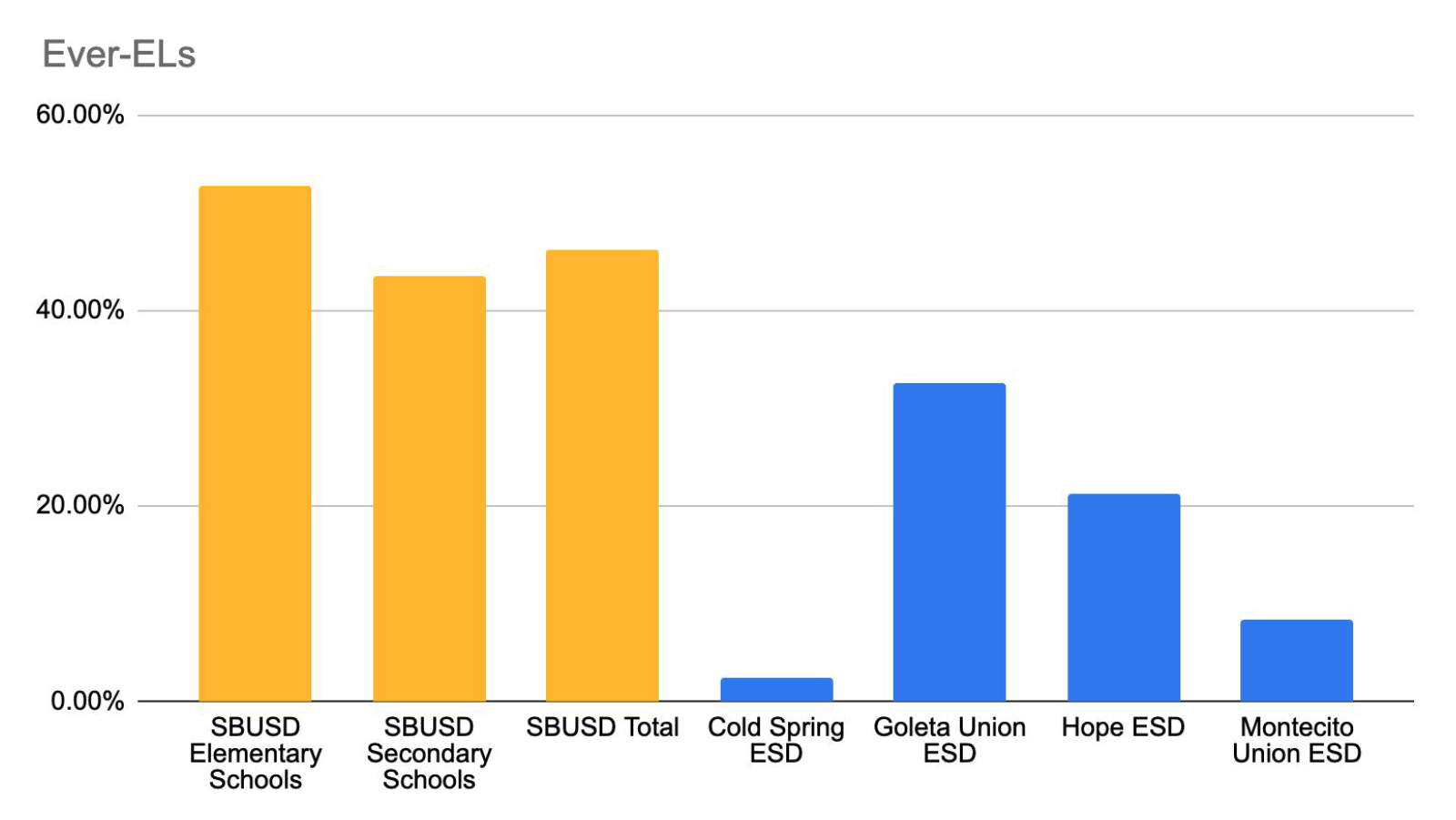
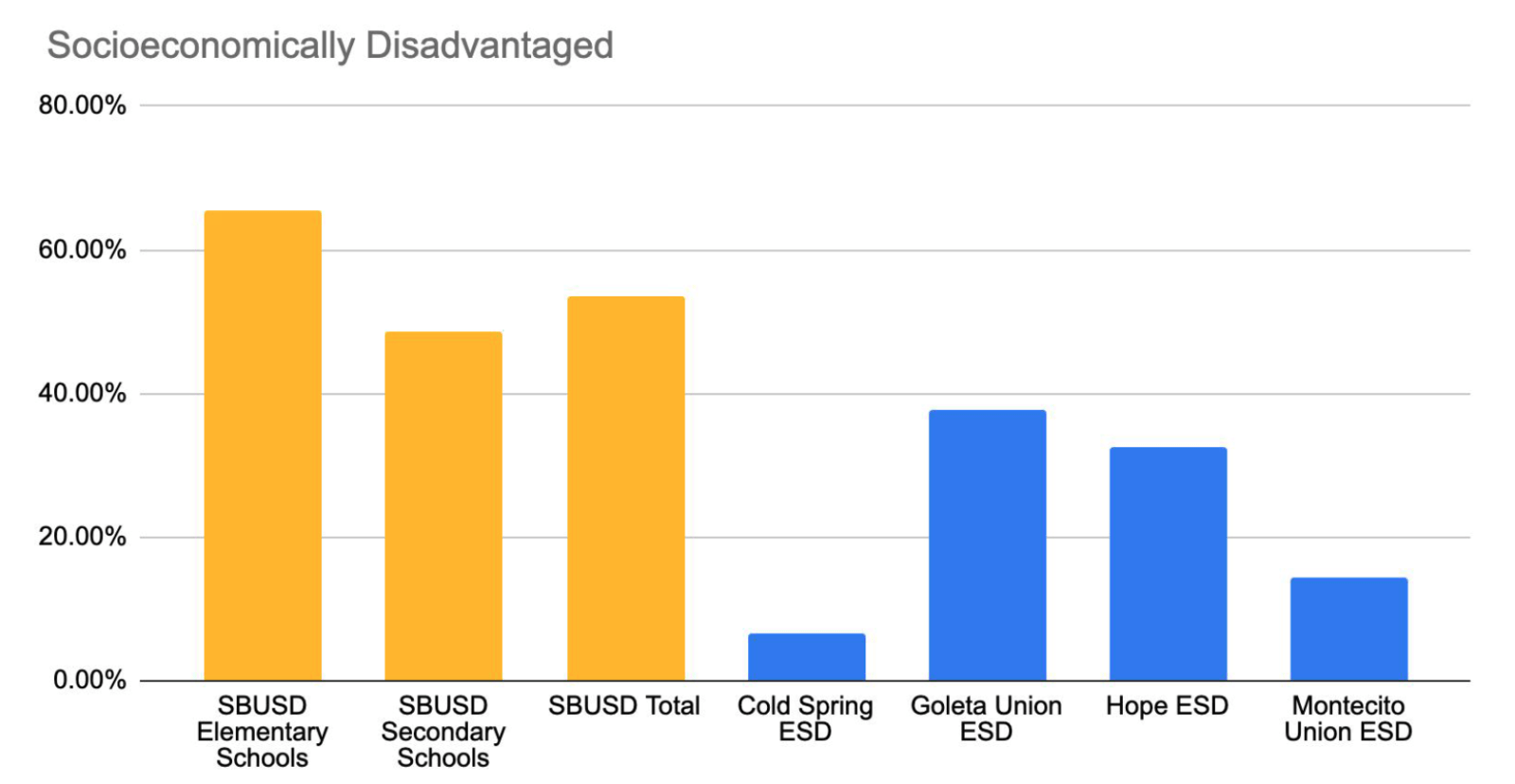
Matsuoka went on to explain how per-pupil spending for SB Unified differs from high-wealth districts that are perceived to be comparable. SB Unified receives $12,747 annually per student, which is only 1% above the state average. Partner districts, such as Goleta Unified receive about $2,300 more per student than SB Unified. “If we got that same amount of money per student, it would add $27 million to our budget.” Matsuoka exclaimed, “Oh my gosh! What we would do with $27 million more.”
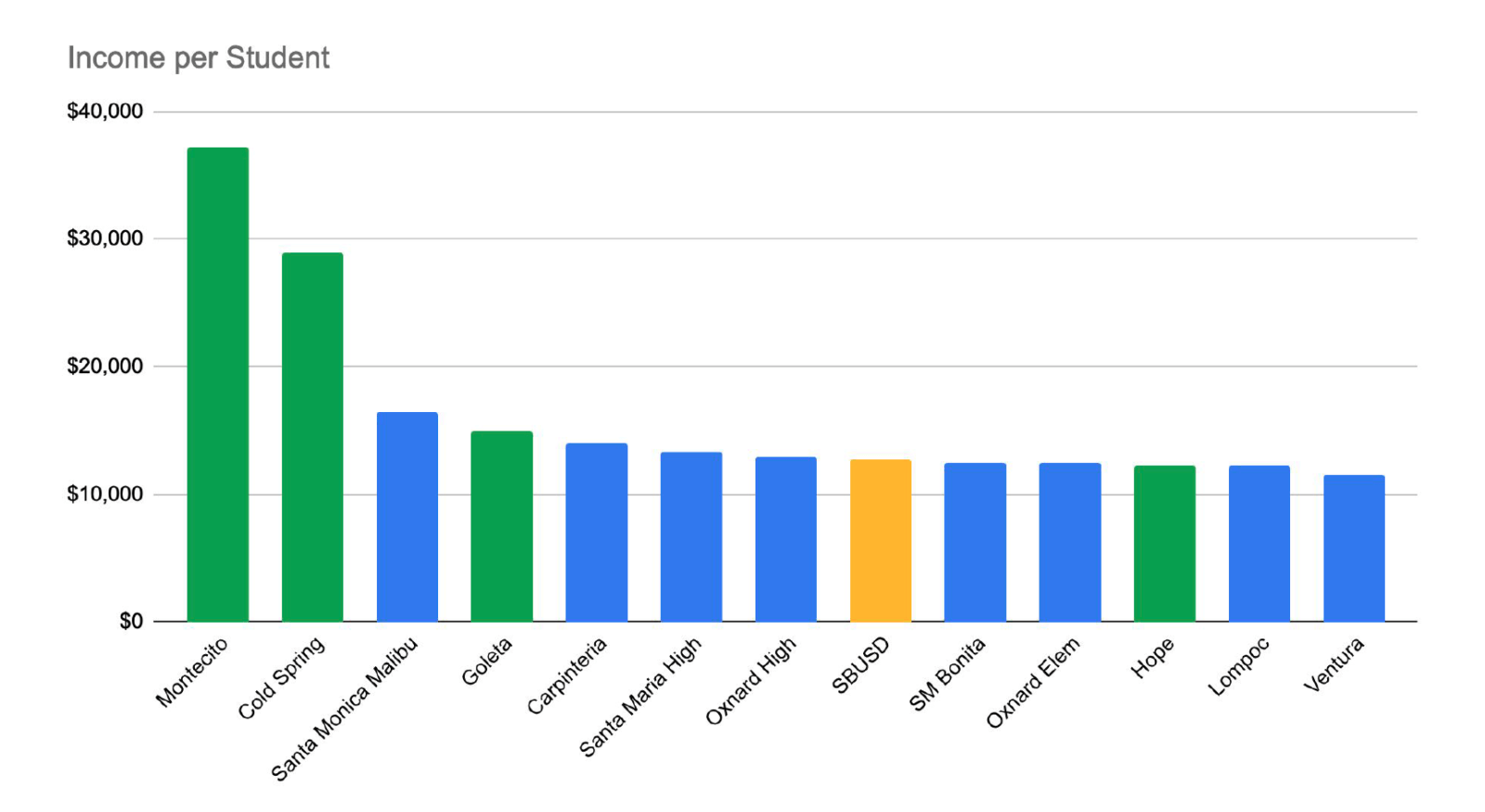
Addressing the most recent CAASPP test results, Matsuoka explained that for both English language arts and mathematics, SB Unified students averaged near or above the state average. Matsuoka acknowledged that there is still much room for improvement. “I as your Superintendent, your leaders, school board, we are not satisfied with these results. We aspire to improve outcomes for all of our students.”
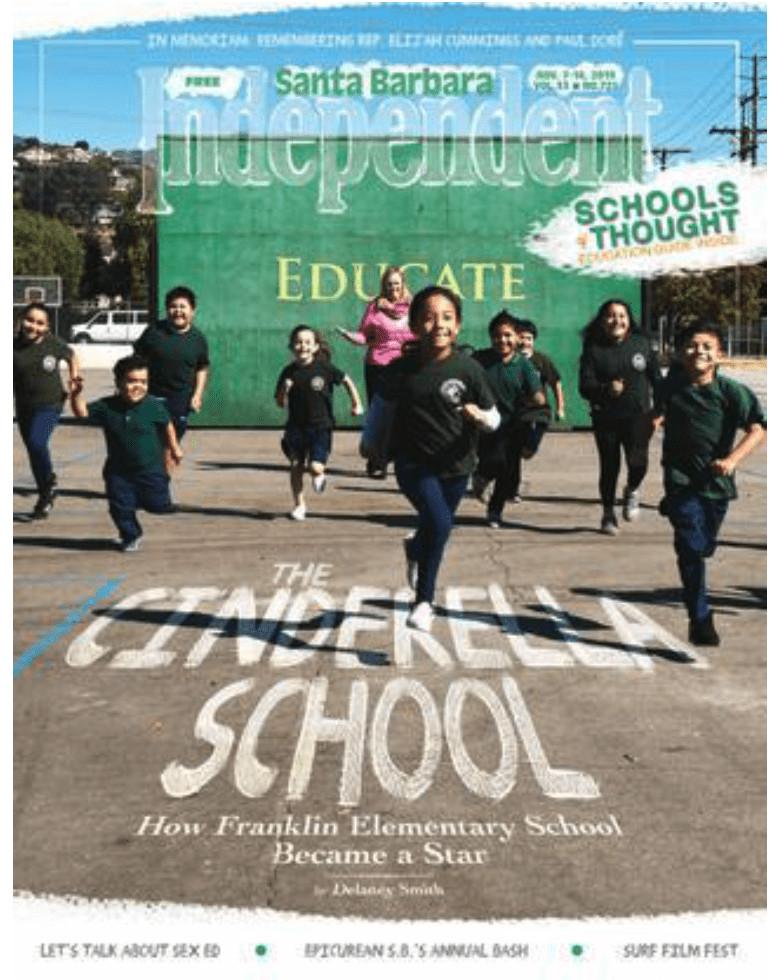
Matsuoka recognized Franklin Elementary School, where dramatic improvements have been made in CAASPP scores. Under the dynamic leadership of principal Casey Killgore, Franklin was recently featured in a cover story in The Independent and dubbed the “Cinderella school” due to its skyrocketing test scores. The Superintendent noted the successes of the school site were due to continuity of leadership, persistence, and hard work.
“Culture takes years to build. And you can’t just copy culture from one place, a school to another school. That takes relationships, it takes time,” said Matsuoka, “We are doing our very best to replicate that across our district.”
Matsuoka briefly addressed SB Unified’s vision beyond his term as Superintendent. District leadership will continue to plan the rollout of multilingual pathways with the goal of all students being biliterate by 2030. Matsuoka emphasized the need for SB Unified to continue to innovate to evolve beyond the outdated factory model of education currently in place in most public schools.
This was the final State of Our Schools presentation that Superintendent Matsuoka will make, as both he and his wife are scheduled to retire on June 30.
